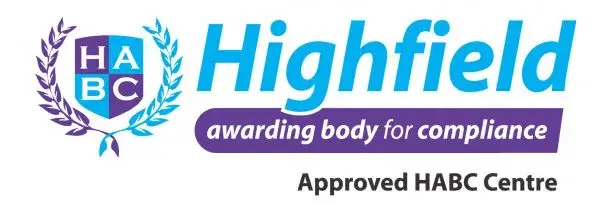This article will outline how to get a food hygiene certificate, why a good food hygiene rating is important, and the considerations when handling, preparing, storing, and cooking food.
Imagine:
The Local Authority Food Inspector has paid a visit to your food business, and disappointingly, you have been awarded a low food hygiene rating.
The award of a low hygiene rating may leave you thinking…what next? In this instance, it is very natural to feel overwhelmed, not knowing what should be done to help improve a low rating. However, should you ever find yourself in this position, our expert team at Buddy has identified some top tips that have been proven to make some instant improvements.
Why is it Important to Get a Good Food Hygiene Rating?
A 5-star food hygiene rating will give your customers confidence that food safety and hygiene are taken seriously within your food business. Furthermore, a good hygiene rating is not only an advert for how you operate your business but will also encourage customers to give positive reviews and customer referrals.
A Food Hygiene Rating is awarded after you’ve had a visit from your Local Authority Food Inspector, who will determine if food safety and hygiene protocols have been properly adhered to and if staff have been trained appropriately. If you confidently follow all food safety regulations and have ensured your team has completed the required training courses, a 5-star rating is likely to be achieved.
The first action to take after your food inspection has taken place is to look at your hygiene inspection report to see what areas were awarded a low score. Here at Buddy, our team can help you with this with a detailed consultation
Keep Your Paperwork in Check
Keeping a logbook is very important when working in a professional kitchen. An inspector will have wanted to see you have a proven track record for a good food hygiene rating in your business.
Additionally, if you are looking at how to get a food hygiene certificate for your business, start keeping a record of fridge temperatures, your cleaning rota, staff training certificates, and a log of any potential food safety hazards.
Consider Changing How You Store Food
During the inspection, your methods for storing, prepping, and cooking food will be reviewed. In particular, they will want to see a clear demonstration that raw and cooked foods are not stored alongside each other in racks and not on the floor.
As well as checking your kitchen logbook, they will also be physically checking the temperature of your fridge/freezers, ensuring they are appropriately chilled, at which point, they will also check use-by dates on the food currently in the kitchen. If you haven’t already, you will need to consider implementing a system to ensure food is continuously monitored in case it is past its use-by date.
Revise your Cleaning Standards
Ensuring your cleaning is up-to-date is a quick fix if you have received a low food hygiene rating.When revising your cleaning protocols, you ought to consider what the long-term plan looks like.
Instilling a cleaning rota, where deep cleaning of all kitchen workstations and surrounding areas is completed, will stand you in good stead moving forward. Furthermore, ensuring your team is properly trained in how to clean to a high standard is important and should be made a priority for anyone new joining your business.
Learn The Fundamentals of HACCP For Your Food Hygiene Rating
Learning HACCP will elevate how you implement food safety in your business, ensuring that you are complying with government legislation, and will help you to manage food safety hazards moving forward. Learning the basic principles of HACCP will help keep your staff and customers safe.
If you need to learn more, we recommend taking our Level 2 Food Hygiene & Safety Course, which contains everything you need to know about HACCP.
Ensure your Team are Trained in Food Hygiene and Safety
The best way you can safeguard your business from falling short on a food hygiene inspection is by ensuring your staff are trained to a high standard and that they understand the fundamentals of food safety.
A Level 2 Food Safety course is comfortably the most common training course taken by everyone from sandwich makers to waiting staff and chefs. It’s a foundational course that provides a minimum qualification for anyone employed to handle food.
There is a legal requirement that everyone who handles food in any capacity in a catering environment has to have received the appropriate supervision and training. The Highfield Level 2 Award in Food Safety in Catering (RQF) is a qualification that fits this bill perfectly and is the most popular food safety qualification accepted by enforcement officers and auditors, accounting for 70% of all regulated food safety qualifications and certifying over 350,000 people every year.
What To Do Next?
As outlined above, the benefits of food safety training are well worth the investment for those new to the industry and those more experienced, with refresher training recommended every 3 years.
Buddy offers an online learning course for Level 2 Food Hygiene and Safety. This course can be completed at any time at the learner’s pace. Alternatively, we have a range of classroom dates across the UK with spaces available to book.
Contact the Buddy today to book your slot on the next Level 2 Food Hygiene and Safety Course and increase your food hygiene rating!

